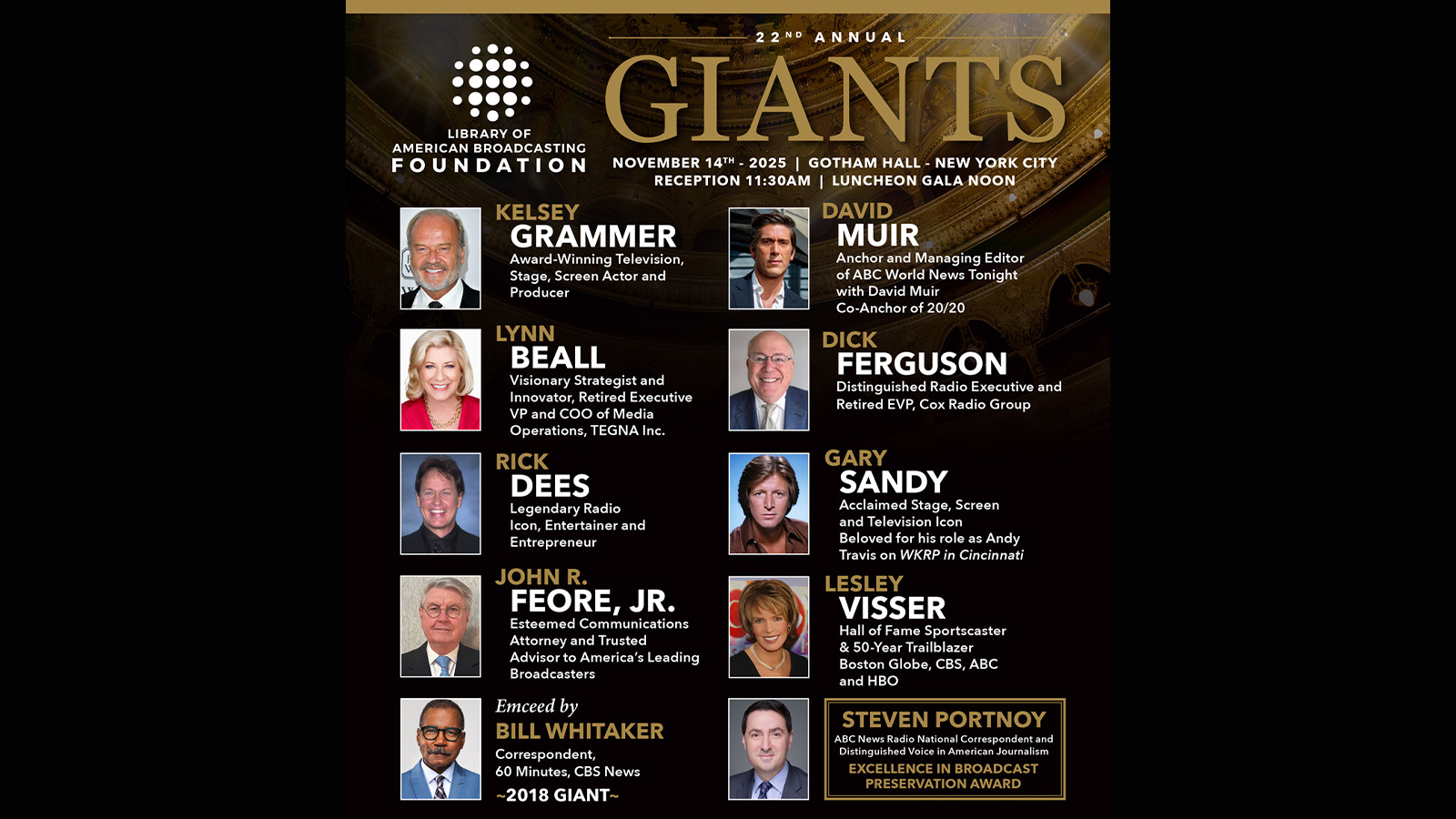It’s Time To Build Greater Value
Broadcast spectrum is too valuable an asset for stations not to exploit

What makes television spectrum valuable?
The minds of many commercial broadcasters might immediately go to the ad revenue they can earn with it. Others might think of retrans fees.
Public broadcasters, who don’t sell commercial spots (underwriting aside) nor receive retrans, would probably point to something that’s more mission-oriented, such as their spectrum being the means by which they can benefit their local communities and society at large.
While these are good answers, it’s becoming increasingly clear many broadcasters are tuned in to the fact that, at its core, TV spectrum is valuable for its ability to convey data over the air. That data can be video. It can be audio. And, at the risk of being highly redundant, it also can be data.
Since the launch of ATSC 3.0, broadcasters have had the means to deliver that data as IP packets, and over the years some have laid the groundwork to create a wireless data-distribution network and developed a business that exploits the one-to-many strength of broadcasting as well as the ubiquitous use of internet protocol packets to deliver data.
Now, E.W. Scripps, Gray Media, Nexstar Media Group and Sinclair are leveraging their combined footprint to give broadcast data delivery nationwide reach and have launched a joint venture called EdgeBeam Wireless to make that a business. They also are inviting other broadcasters to participate.
If successful, EdgeBeam Wireless will create a significant revenue stream for its joint-venture partners and others joining in where there once was none. How much?
An ATSC 3.0-based datacasting scenario put together by BIA Advisory Services in November 2021 forecasted additional annual revenue for the industry ranging from $6.4 billion to $15 billion by 2030, depending upon the number of bits allocated.
Beyond the obvious boon such newfound revenue would be to broadcasters and their shareholders, 3.0-based datacasting offers an achievable path towards building greater TV spectrum value—something any wireless company must account for in their bids if, one day, another incentive auction happens.
Get the TV Tech Newsletter
The professional video industry's #1 source for news, trends and product and tech information. Sign up below.
Phil Kurz is a contributing editor to TV Tech. He has written about TV and video technology for more than 30 years and served as editor of three leading industry magazines. He earned a Bachelor of Journalism and a Master’s Degree in Journalism from the University of Missouri-Columbia School of Journalism.

